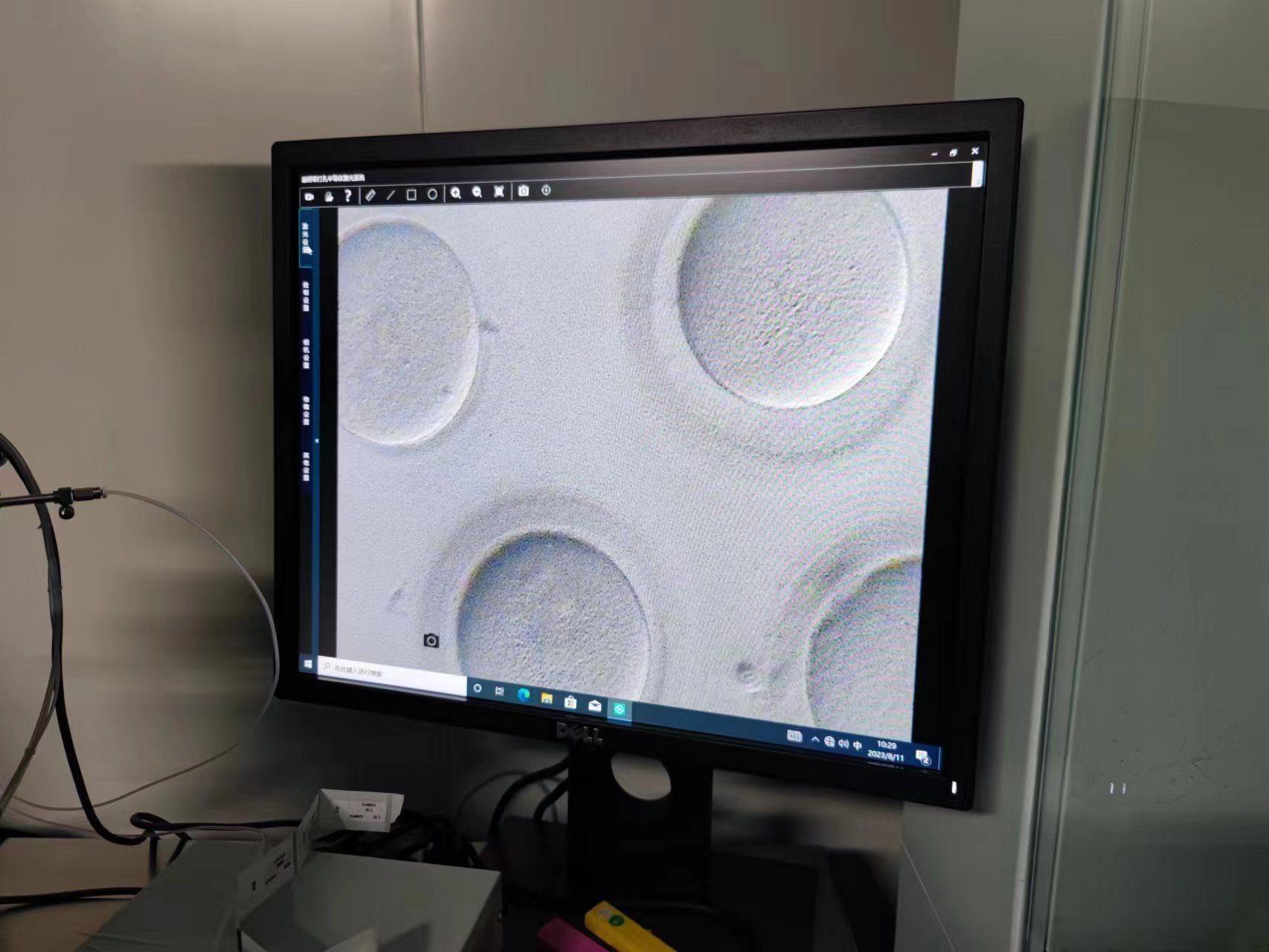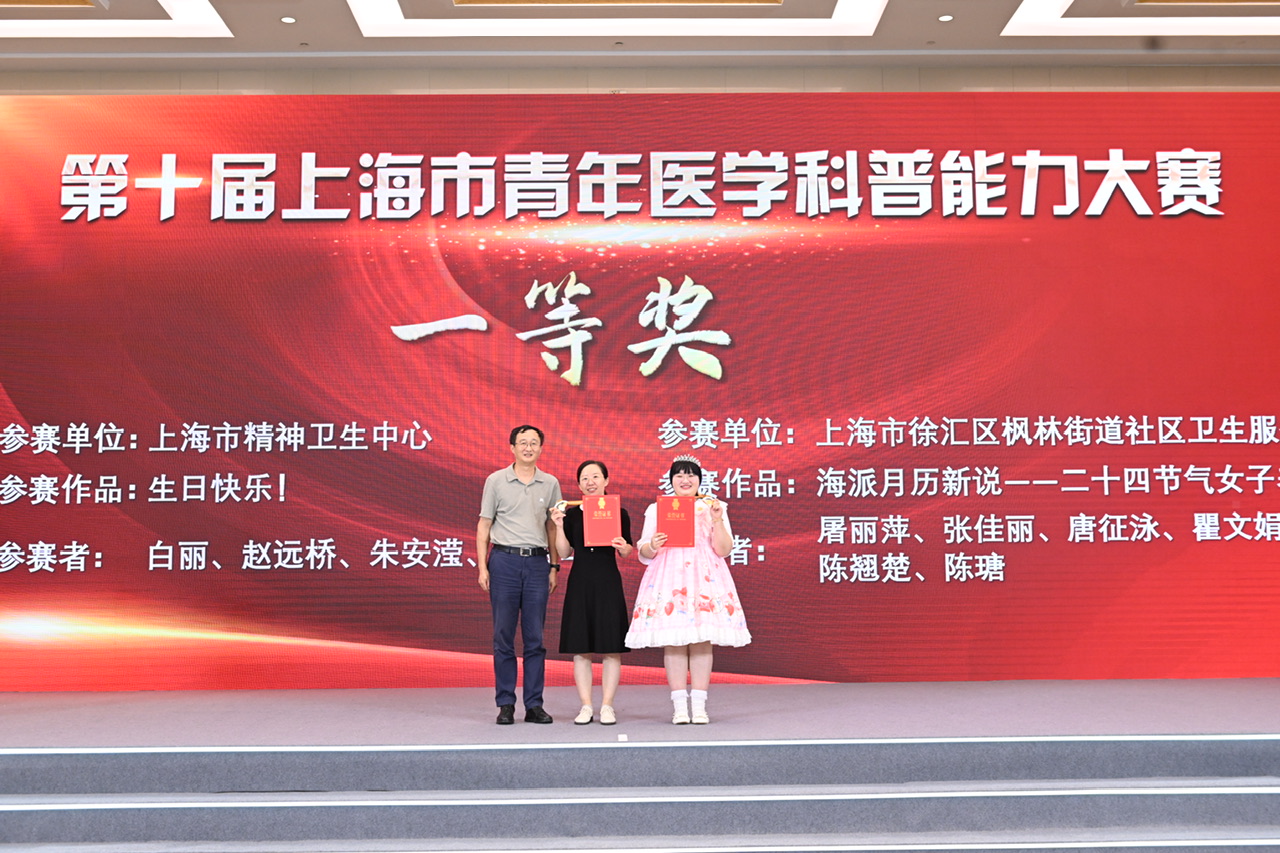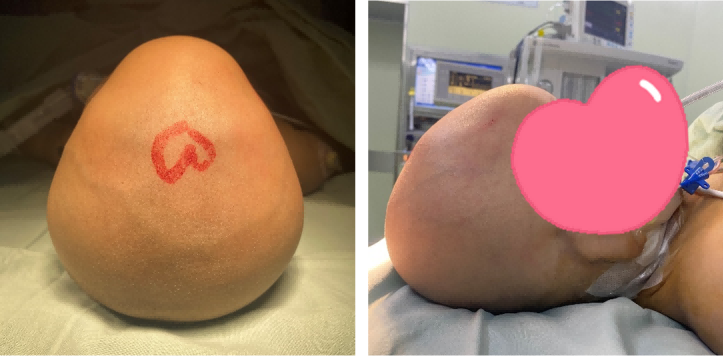The development of lung cancer may be related to fungi! Jiaotong University School of Medicine collaborates with multiple teams to release major results
The top international oncology journal "Cancer Cell" published online the results of the joint team of Wang Hui/Liu Ningning, School of Public Health, Shanghai Jiao Tong University School of Medicine/Center for Single Cellomics and Disease Research/National Key Laboratory of Systemic Oncology Medicine. This study is the first to elucidate the molecular mechanism by which fungi promote the development of lung cancer, which has attracted widespread attention in the industry.
The joint team isolated and identified a fungal strain that promotes the development of lung cancer, Aspergillus polypoly, from tumor tissue. By integrating multi-omics technologies such as deep metagenomics, culture omics, genomics, and transcriptomics, the lung cancer was analyzed. The types and distribution characteristics of the fungal microbiome in different tissue sites of adenocarcinoma patients elucidate the mechanism by which the intratumoral fungus Aspergillus polypolymerum induces a tumor immunosuppressive microenvironment through interaction with the host, ultimately promoting the development of lung cancer. It also confirms that The enrichment of Aspergillus polypoly within tumors is closely associated with poor prognosis of lung cancer patients.
This research has great public health, disease screening and precision treatment significance for lung cancer. In the field of public health, this discovery provides a new fungal marker for early screening of lung cancer; in the field of disease treatment, precise targeting of fungi at the strain level can promote immune killing, thereby inhibiting the progression of lung cancer. The results of this research will be of great Promote new strategies for personalized targeted-immunotherapy of lung cancer based on targeting fungi, and fill the gaps in research on the molecular mechanisms of fungi and lung cancer.
In recent years, the "polymorphic microbiome" has been listed as a new marker of cancer, promoting a major breakthrough in human understanding of cancer. The intratumoral microbiome is an important component of the tumor microenvironment, and its interaction with the host is crucial to the occurrence and development of cancer. Therefore, the study of intratumoral microorganisms provides a new perspective for the diagnosis, screening and treatment of cancer. However, critical issues such as heterogeneity, potential sources and enrichment of the intratumoral microbiome, and cancer progression are poorly understood. Exploring the molecular biological mechanisms and health value of the four-kingdom microbiome in tumors during the pathogenesis and drug treatment of cancer will provide an important theoretical basis for formulating accurate screening and prevention strategies for cancer in the Chinese population.
In the early stage, the joint team has accumulated a rich research foundation and series of achievements in this field: first, it independently developed core technologies such as single-cell microbiome, single-cell proteome, and spatiotemporal transcriptome analysis of four kingdoms of intratumoral flora, breaking through It eliminates the technical bottleneck of traditional research on the interaction between the microbiome and the host, integrates multi-dimensional and multi-modal data information such as nutritional epidemiology, metagenome, proteome, metabolome, single cell omics, population metadata and clinical data, and constructs Dietary nutrition - the correlation and spatio-temporal evolution patterns among the four intratumoral microbiome-metabolites-protein-immune status-health effects; secondly, establish a system for sample collection, storage and transportation, microbiome DNA enrichment and extraction, A complete set of standard operating procedures for fungal microbiome research, including sequencing and analysis, culture-omics isolation of live bacteria, molecular, cell and animal experimental verification, has been put into use in many hospitals across the country with the funding of the National Key R&D Program of the Ministry of Science and Technology. At the same time, we are cooperating with the World Health Organization to promote the international certification of this SOP; we have achieved a series of important research results in the study of the molecular mechanism of interaction between fungi and hosts; third, relying on the Single Cell Omics and Disease Research Center of Jiaotong University School of Medicine , developed a number of cutting-edge single-cell research technologies and intratumoral four-kingdom microbiota analysis research methods in the early stage, and built the largest, most extensive, and most complete data-based metagenomic sequencing-based intestinal microbiome and interaction between the four kingdoms of colorectal cancer patients. Make network database.
This study has the School of Public Health, Shanghai Jiao Tong University School of Medicine as the first author and corresponding author, and the Shanghai Pulmonary Hospital Affiliated to Tongji University and the Shanghai Institute of Immunology and Infection, Chinese Academy of Sciences as the co-first author and co-corresponding author. Researcher Liu Ningning is the first author and co-corresponding author. Dr. Yi Chengxiang from Tongji University School of Medicine and Dr. Wei Luqi from the School of Public Health, Shanghai Jiao Tong University School of Medicine are co-first authors. The corresponding authors are Professor Wang Hui, Researcher Liu Ningning, and Zhang Peng Professor and researcher Chen Changbin. This research was supported by Professors Christopher Heeschen and Professor Zheng Xiaoqi from the Single Cell Omics and Disease Research Center of Shanghai Jiao Tong University School of Medicine, Professor Zhong Lin from the First People's Hospital Affiliated to Shanghai Jiao Tong University School of Medicine, Professor Ji Hongbin and Professor Yang Weiwei from the Center for Excellence in Molecular Cell Science, Chinese Academy of Sciences , Professors Huang Xiaotian and Zeng Lingbing from the First Affiliated Hospital of Nanchang University, Professor Zisis Kozlakidis, Director of the World Health Organization's International Agency for Research on Cancer, Professor Lin Xin from Tsinghua University, Professor Lu Ling from Nanjing Normal University, Researcher Liu Zhiduo from Shanghai Institute of Immunology, Shanghai Oncology Professor Qin Wenxin of the institute has strong support and help, and has also received project funding from the National Key Research and Development Program of the Ministry of Science and Technology, the National Natural Science Foundation of China, the Shanghai Municipal Science and Technology Commission, the Shanghai Municipal Education Commission, and the Shanghai High-level Local University Innovation Team.





